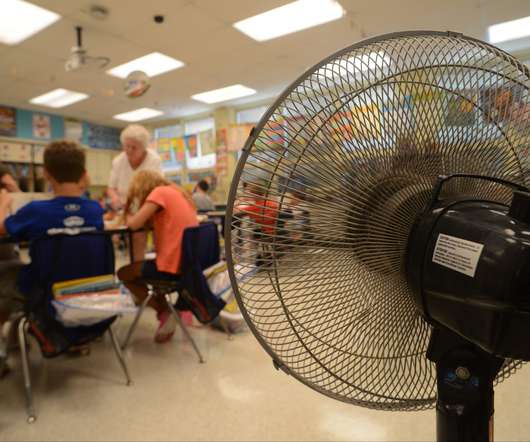K–12 Teachers Use Virtual and Augmented Reality Platforms to Teach Coding
EdTech Magazine
FEBRUARY 28, 2019
Virtual and augmented reality in the classroom has proved to be effective for history and chemistry lessons. Since 1990, jobs in science, technology, engineering and math have grown by 79 percent , and are expected to grow an additional 13 percent by 2027 , according to a 2018 Pew Research Center survey. . eli.zimmerman_9856.















Let's personalize your content